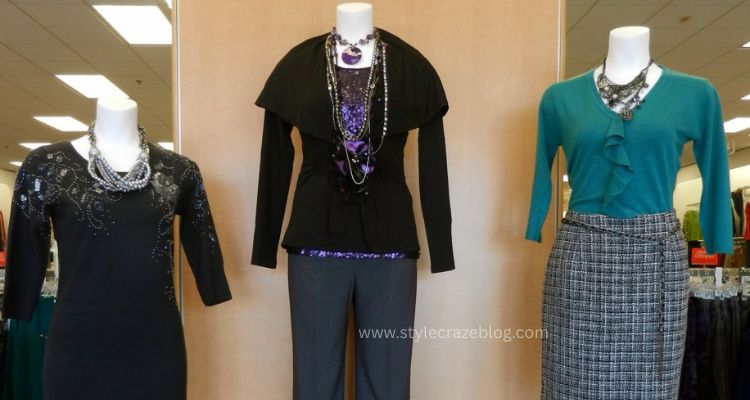When people think of 1880s fashion, they often picture bustles, corsets, and sharply tailored suits. This decade was about structure, elegance, and defining social roles through clothing. I remember seeing an exhibit on Victorian dress in London, and the gowns and suits felt like works of art—but also like windows into everyday life.
What Was Fashion Like in the 1880s?
Clothing in the 1880s was dramatic and structured. Women’s dresses showed narrow waists, with the bustle returning as the decade’s key silhouette. Layers of fabric pushed backward, making skirts curve out with flair. Bodices came fitted, often featuring high collars, lace, or tiny buttons that went all the way down.
For men, 1880s men’s fashion leaned toward three-piece suits. Waistcoats, jackets, and trousers became standard daily wear. Dark colors were most common, reflecting professionalism. Accessories like watch chains, bowler hats, and mustaches finished the look.
When I first tried on a reproduction frock coat, I could feel the stiffness. It wasn’t just clothing—it shaped how you carried yourself. That’s exactly what 1880s fashion did for people then.
1880s Women’s Fashion
1880s women’s fashion was about elegance and refinement. The bustle reshaped the silhouette so the back of the gown stood out. Fabrics included luxurious silks, velvets, and lace for wealthy women. Trains swept across floors at evening events, while fitted jackets gave daytime looks sharpness.
But not everyone lived in gowns of silk. Poor 1880s fashion told another story. Working women wore cotton or wool dresses, far plainer and more durable. They shortened hems for practicality and often repurposed clothes or patched them to last longer.
I imagine how exhausting it must have been to wear those heavy dresses daily. Yet at the same time, stepping into a mansion or a ballroom in a structured gown must have felt empowering.
1880s Men’s Fashion
For men, tailoring dominated. 1880s fashion men preferred precision. Coats narrowed slightly, waistcoats hugged the torso, and trousers slimmed down compared to earlier decades. Collars were stiff and starched tall.
Top hats worked for formal events, while bowlers or derbies carried into casual outings. Many men added walking sticks or gloves for style. Uniformity mattered. Respectable men looked sharp no matter where they went.
I once held a vintage pocket watch from this period, and it amazed me how such a small accessory carried so much elegance. In 1880s men’s fashion, every detail counted.
Poor 1880s Fashion
Not everyone dressed for society balls or dinner halls. Poor 1880s fashion gives us insight into survival and necessity. Clothing was handmade with strong fabrics like wool or coarse cotton. Children wore handed-down outfits. Shoes were precious, often patched or shared among siblings.
This contrast shows us the gap of the era. For the wealthy, fashion defined status. For the poor, fashion reflected endurance. Both stories belong to the decade.
Why 1880s Fashion Still Matters
The reason I love studying 1880s fashion is that it connects style with society. Clothing highlighted wealth, class, and aspiration. Yet, it also mirrored practicality for those who had little. From the bustle gown to the three-piece suit, outfits shaped how people looked and felt.
Even today, designers revisit this period. Modern runways often borrow corset-inspired tops, ruffles, or fitted jackets with a Victorian touch. Each time I watch a historical drama set in the 1880s, I notice how instantly powerful the clothing looks.
Final Thoughts
Exploring 1880’s fashion is more than studying fabrics. It’s about class, ambition, and how style fit into daily life. Elegant dresses and tailored suits told one story. Simple handmade garments told another. Together, they painted a complete picture of a complex decade.
For me, the beauty of this period lies in its contrast. Luxury danced alongside survival. And whether rich or poor, clothing defined dignity. That’s why the 1880s keep inspiring us even today.




